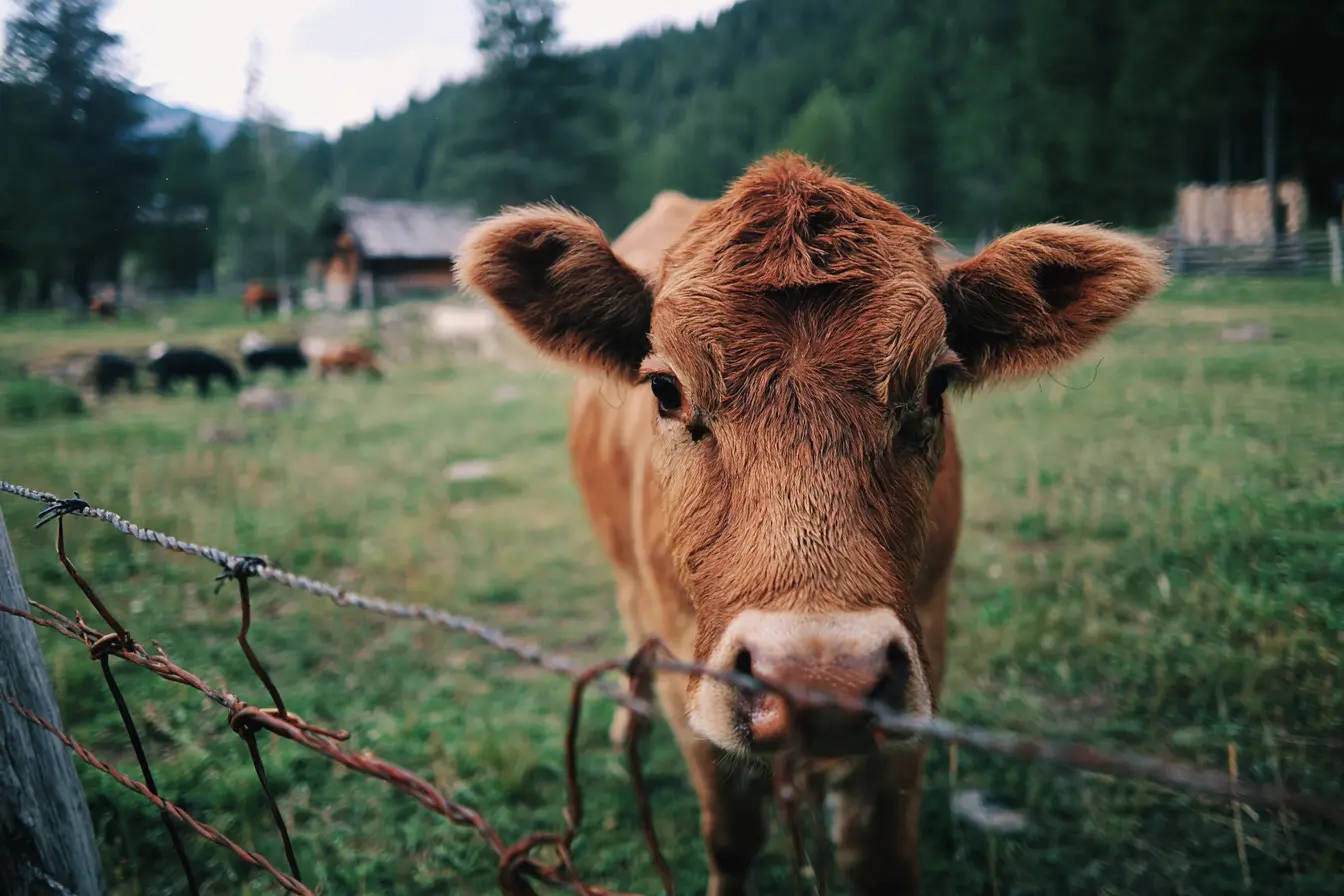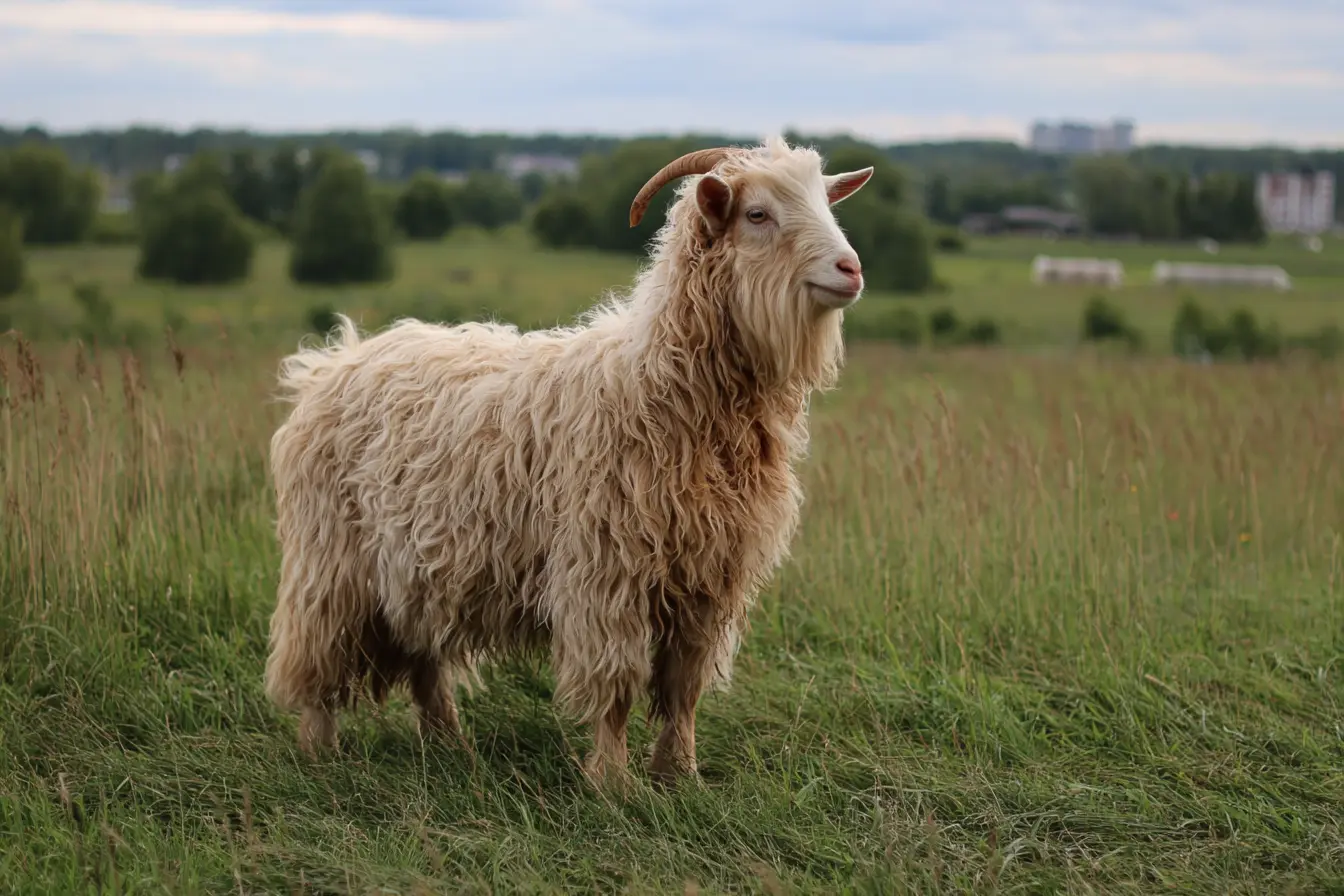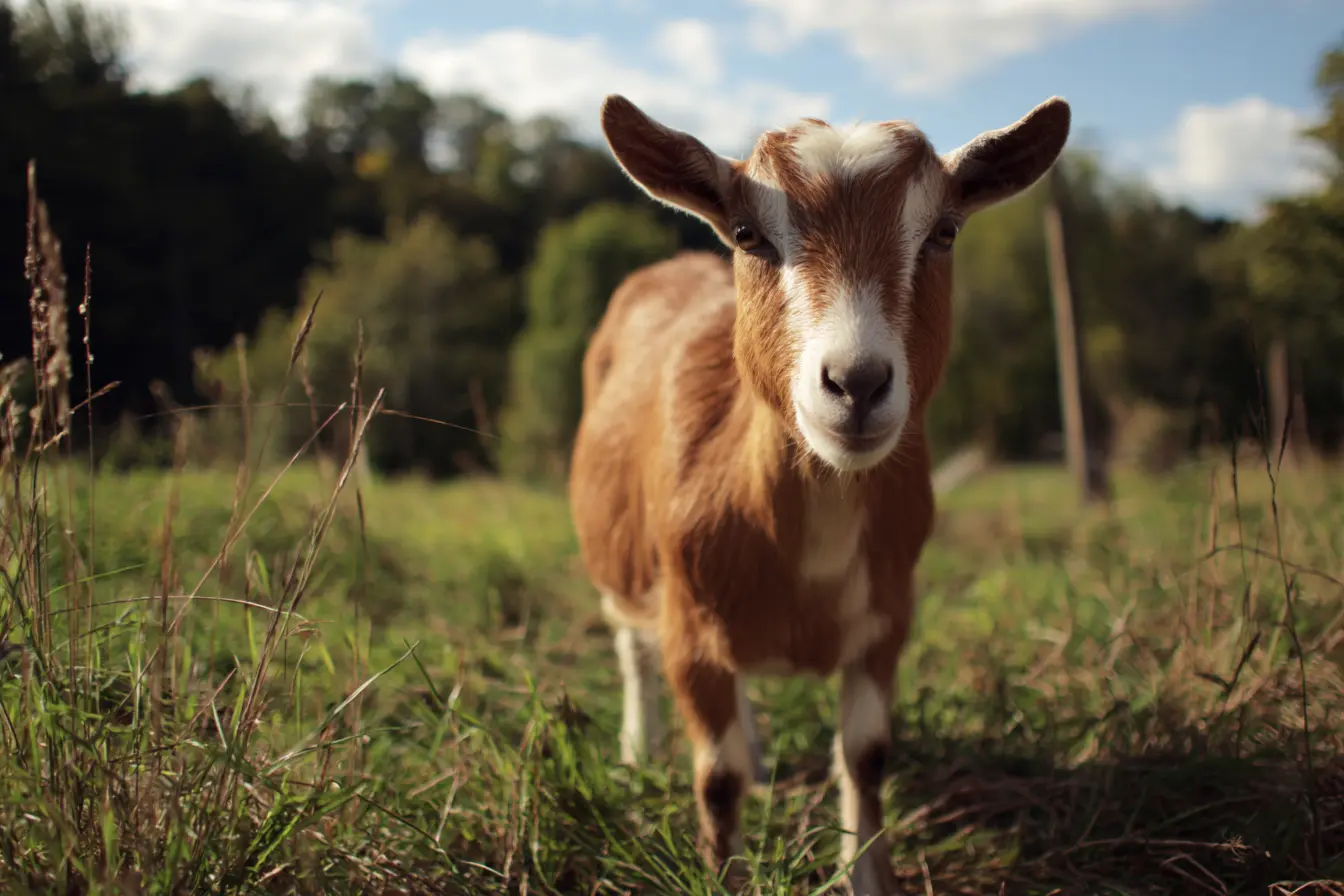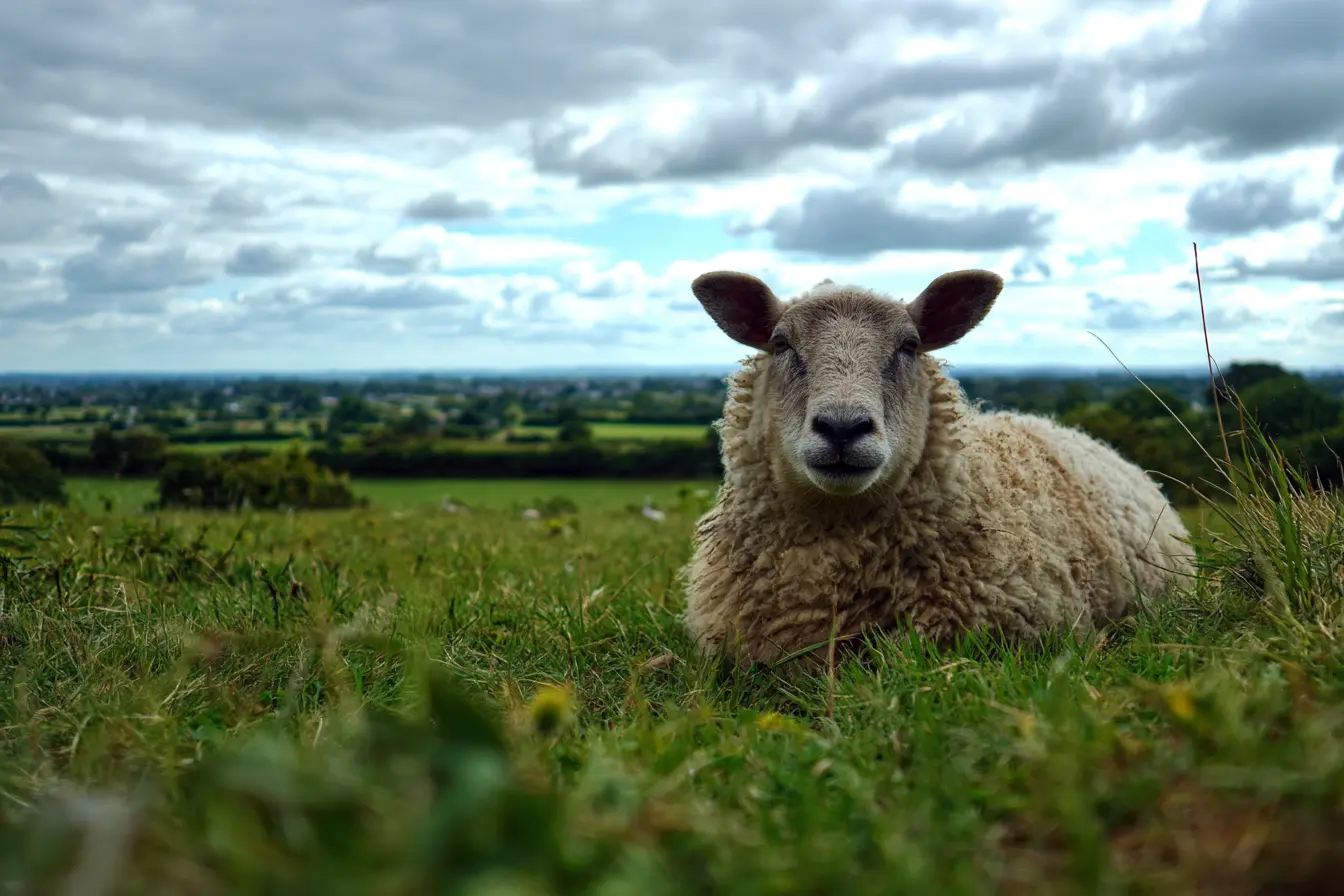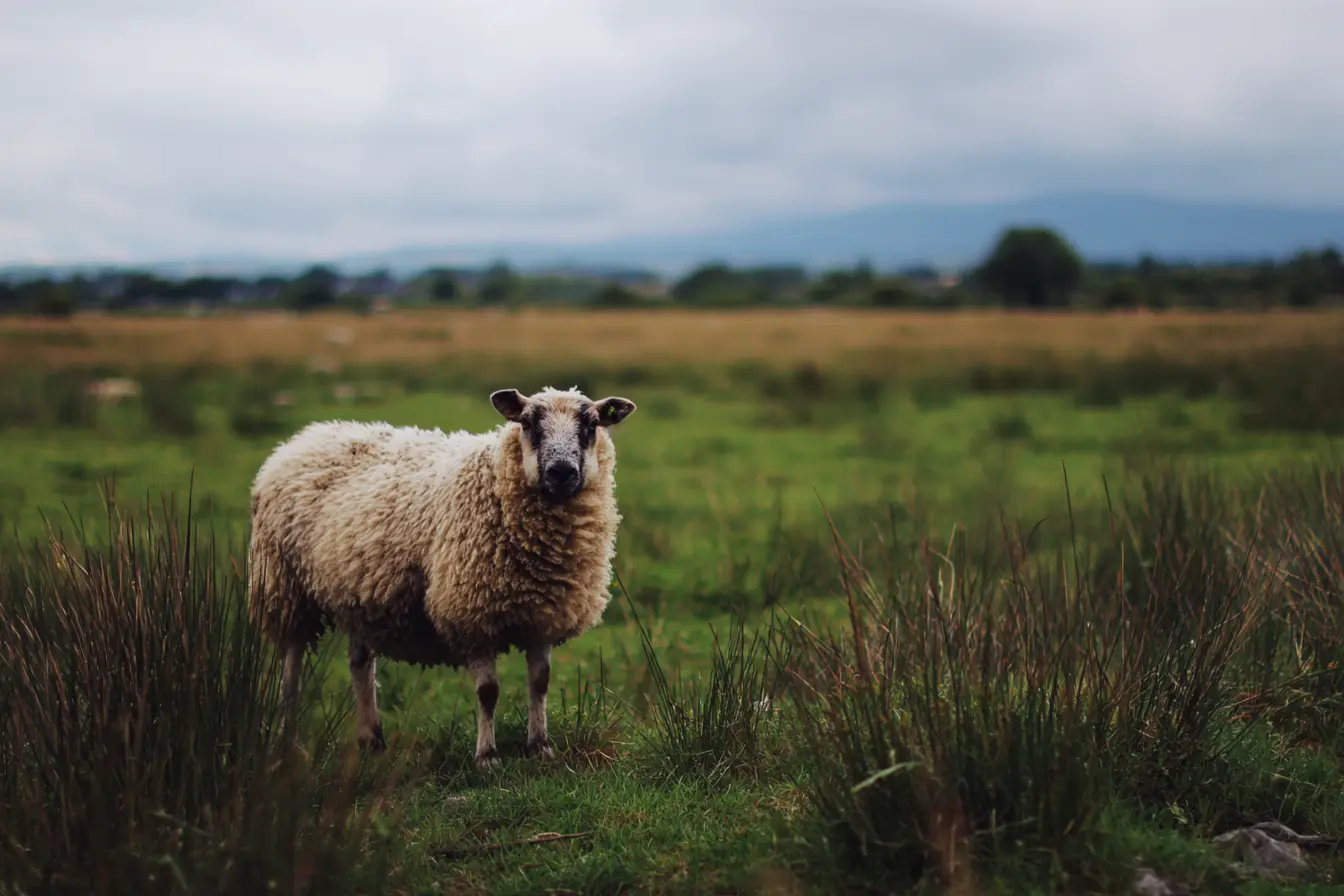
A Complete Guide to Clostridial Diseases in Sheep
Clostridial diseases are some of the most devastating and rapidly fatal conditions that affect sheep. They are caused by bacteria of the Clostridium genus, which are widespread in the environment and capable of producing highly potent toxins. Outbreaks can result in sudden deaths, often without warning, and lead to significant financial losses for sheep farmers in the UK.
Because treatment is rarely successful once signs appear, prevention is the cornerstone of clostridial disease control. This guide explains what clostridial diseases are, the main types affecting sheep, symptoms, diagnosis, prevention, and how to protect your flock.
What are Clostridial Diseases?
Clostridial diseases are caused by toxin-producing bacteria. Key characteristics include:
- They are gram-positive, spore-forming organisms.
- Spores can survive in soil, water, and the gut of animals for years.
- The bacteria multiply when conditions are favourable, such as tissue damage or sudden dietary changes.
- Disease is the result of toxins, not the bacteria themselves, making illness rapid and often fatal.
Common Clostridial Diseases in Sheep
Sheep are susceptible to a range of clostridial conditions. The most significant include:
Enterotoxaemia (Pulpy Kidney Disease)
- Caused by Clostridium perfringens type D.
- Occurs when animals consume large amounts of rich feed or lush grass, encouraging rapid bacterial growth in the gut.
- Produces toxins that damage blood vessels, especially in kidneys and brain.
Symptoms:
- Sudden death, often in the best-grown lambs.
- Neurological signs such as convulsions or staggering.
- Occasionally diarrhoea or abdominal pain before death.
Tetanus
- Caused by Clostridium tetani.
- Bacteria enter the body through wounds, including docking, castration, or shearing injuries.
- Toxins affect the nervous system.
Symptoms:
- Muscle stiffness and rigid stance.
- Protrusion of the third eyelid.
- Spasms triggered by sound or touch.
- Death from respiratory failure.
Blackleg
- Caused by Clostridium chauvoei.
- Often affects sheep with bruised or damaged muscle tissue.
Symptoms:
- Swollen, painful muscles.
- Fever and rapid decline.
- Death within 24–48 hours.
Braxy
- Caused by Clostridium septicum.
- Usually occurs when sheep eat frosted or spoiled forage that damages the stomach lining.
Symptoms:
- Sudden death in apparently healthy animals.
- Post-mortem shows inflamed stomach and rapid decomposition.
Malignant Oedema
- Caused by Clostridium septicum and other clostridia.
- Infection follows wounds or lambing injuries.
Symptoms:
- Swollen, painful wounds with foul odour.
- High fever and depression.
- Death within two days.
Botulism
- Caused by Clostridium botulinum.
- Toxins ingested from contaminated feed, silage, or carcasses.
- Very rare in the UK but possible in some feeding systems.
Symptoms:
- Weakness and paralysis.
- Drooling and difficulty swallowing.
- Progressive paralysis leading to death.
Risk Factors
Sheep are at higher risk of clostridial disease when:
- Grazing on lush pastures or being fed high-concentrate diets.
- Undergoing management procedures such as docking or castration without proper hygiene.
- Grazing on wet, muddy, or contaminated land.
- Exposed to wounds, bruises, or poor housing conditions.
- Vaccination programmes are incomplete or absent.
Diagnosis
Because these diseases often cause sudden death, diagnosis is usually made post-mortem.
- History: recent deaths in well-grown lambs, management procedures, or dietary changes.
- Clinical signs: vary depending on the disease, but often rapid deterioration.
- Post-mortem examination: pulpy kidneys, gas in muscles, or stomach lesions.
- Laboratory tests: toxin identification or bacterial culture.
Treatment
Treatment is rarely effective once symptoms appear. In early or mild cases:
- High doses of antibiotics such as penicillin may be attempted.
- Antitoxins can be given if available.
- Supportive care (fluids, wound cleaning, pain relief) may help.
- Prognosis is usually poor.
Prevention
Prevention is the only reliable way to control clostridial diseases.
Vaccination
- The most effective tool.
- Multi-valent vaccines (5-in-1, 8-in-1, etc.) protect against several clostridial diseases.
- Standard UK practice includes vaccinating breeding ewes so lambs receive protection via colostrum.
- Vaccination programme:
- Primary course: two injections 4–6 weeks apart.
- Annual booster before lambing.
- Lambs: vaccinate at weaning or from 6–12 weeks old, depending on colostral cover.
Good Husbandry
- Avoid sudden dietary changes; introduce concentrates gradually.
- Maintain hygiene during lambing, castration, and docking.
- Keep housing dry and well-ventilated.
- Remove contaminated feed and ensure silage is well-fermented.
Nutrition
- Provide balanced diets with sufficient minerals (especially selenium and zinc).
- Avoid spoiled or frosted forage.
Economic and Welfare Impact
Clostridial diseases have major consequences:
- High mortality rates, particularly in fast-growing lambs.
- Loss of breeding stock.
- Reduced wool and meat production.
- Increased labour and veterinary costs.
- Significant welfare concerns due to sudden and painful deaths.
When to Seek Veterinary Help
A vet should be consulted if:
- There are sudden, unexplained deaths in the flock.
- Sheep show neurological signs, stiffness, or paralysis.
- Wounds become swollen, smelly, or rapidly fatal.
- You need guidance on an appropriate vaccination programme.
Conclusion
Clostridial diseases in sheep are sudden, severe, and often fatal, but they are also largely preventable. Vaccination, combined with good nutrition, hygiene, and careful management, provides the best defence against these deadly conditions.
For UK sheep farmers, a robust clostridial vaccination programme is not optional but essential. Protecting your flock not only saves lives but also ensures productivity, profitability, and animal welfare are maintained at the highest standard.
Vets near you
Speciality vets
- Aquatics vet specialists
- Birds vet specialists
- Camelids vet specialists
- Cats vet specialists
- Cattle vet specialists
- Deer vet specialists
- Dogs vet specialists
- Equines vet specialists
- Exotic vet specialists
- Goats vet specialists
- Pigs vet specialists
- Poultry vet specialists
- Sheep vet specialists
- Small Mammals vet specialists
- Wild vet specialists
